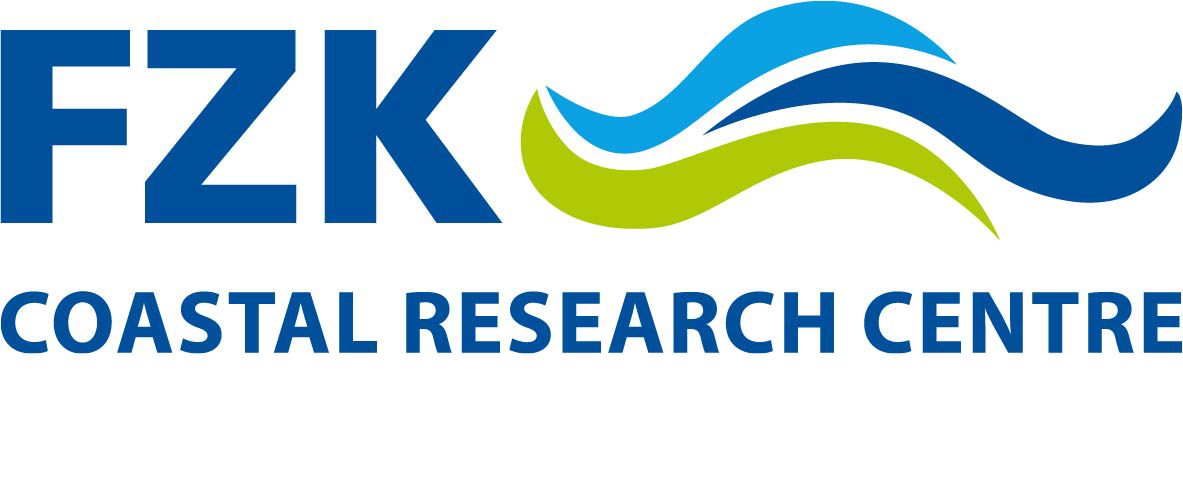Press release of Leibniz University Hannover
The extensive reconstruction work in the Large Wave Flume (GWK) of Leibniz University Hannover and Technische Universität Braunschweig is in full swing. During an on-site visit to the construction site in Hanover-Marienwerder, the new wave maker installed in the summer was presented to the public.
“This is the world’s largest wave flume ever built, which will open up completely new research opportunities for us,” explains Prof. Dr.-Ing. Torsten Schlurmann from the Ludwig Franzius Institute of Hydraulic, Estuarine and Coastal Engineering at Leibniz Universität Hannover (LUH). Scientists and representatives of the construction department, specialist planning and construction companies were available to answer questions and explain everything about the impressive machine, the technical environment and the background to the extensions.
“The new GWK+ will go back into operation in the first half of 2023, initially in selected pilot projects on the future of energy supply,” announced Prof. Dr.-Ing. Nils Goseberg from the Leichtweiß Institute for Hydraulic Engineering at TU Braunschweig. Prof. Goseberg and Prof. Schlurmann are members of the board of directors of the Coastal Research Center (FZK) of LUH and TU Braunschweig, under whose aegis GWK is operated.
The 300-metre-long GWK in Hanover-Marienwerder was commissioned in 1983. Numerous pioneering research projects on the interaction of waves with various infrastructures have been successfully carried out here. So far, however, only waves could be generated in GWK. With the goal of expanding marine renewable energies (offshore wind energy, tidal/wave energy, etc.), installation and operation concepts over the life cycle of these structures as well as the influence of tidal currents are coming more into focus. In 2017, the Federal Ministry of Economics and Climate Protection (BMWK, formerly BMWi) approved the marTech research project to install and operate in the future a high-performance current system, a deep section for investigating the embedding of foundation structures and a high-performance wave machine in the Großer Wellenkanal Hannover with more than 35 million euros.
The expansion of the GWK will create an experimental facility in Hannover that is unique worldwide. In future, researchers will be able to investigate the simultaneous loads from sea states and currents on a large scale and thus realistically. Steeper and higher waves, as predicted by climate change, can then also be simulated in experiments. For the first time, tidal currents can be studied as they are in the sea with the likewise new, circulating current facility. The new deep section also makes it possible to simulate the part of offshore wind turbines located in the ground and to investigate the movements of the ground and turbine that take place there.
To the press release of Leibniz University Hannover
To the press release of Technische Universität Braunschweig



